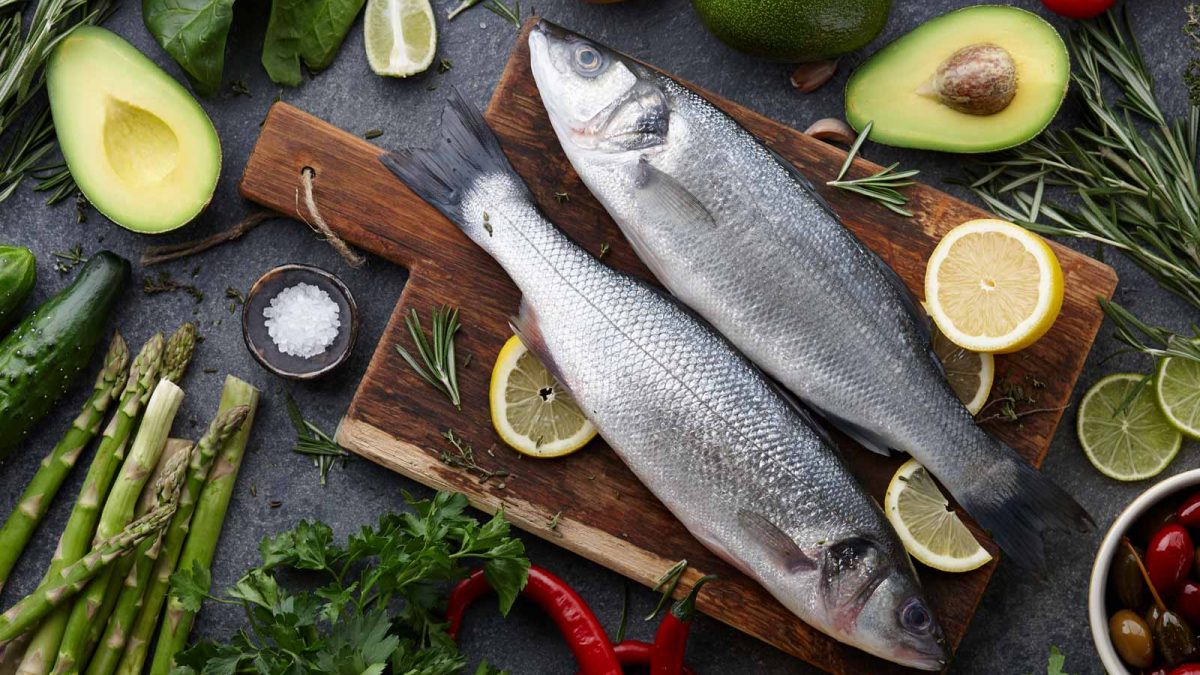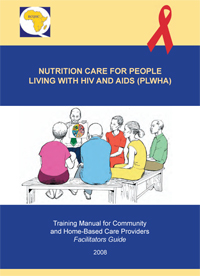
Research shows that healthy school lunches give children more energy and help them focus better in class. A school lunch that is rich in fruits and vegetables will also help your child's focus and concentration. Consider including whole grains in your school lunch. Whole grains are high-fiber and rich in important nutrients. Schools must include half of their grain selections as whole grains according to the National School Lunch Program. A wide variety of grains will give your child a better feeling of fullness, which will help them focus in class.
There are many inexpensive ways to make your school lunch healthier. Some of these are easy and inexpensive, like adding colorful fruits and vegetables to your lunch box. Other strategies, such cooking from scratch, can also be implemented easily and are scaleable. These strategies can also be inexpensive. Many of them come with verbal prompts to help your child make the right choice. There are other cost-saving alternatives, such as avoiding fast food and eating more vegetables.

If your child is a picky eater, packing a lunch could be a great option. It's a great way to satisfy your child without sacrificing nutrition. Other options include baked chips, fresh fruit, and low-calorie dips. To avoid running out of time in the morning, pack the lunch the night prior. This will ensure that you aren't tempted to eat unhealthy food or skip good food.
Healthy school lunches can help improve the mood and performance of your child in class. A balanced diet will help to prevent depression and improve concentration. It can also increase academic performance. Healthy eating habits can be a key to helping your child live a long and happy life. You don't have to wait any longer! Your child will love it when you make healthy lunches. A healthy school lunch will reap the rewards in the long-term.
A school lunch is an essential part of a child’s daily life. However, it is also a chance for parents to ensure their child is eating healthy meals. This is a great way for your child to be active and learn about healthy eating habits. It's a great way to have lunch with your child and include healthy school meals in your daily family routine. Even grocery stores can sell the finest foods.

A healthy lunch is essential for school. A healthy lunch not only helps your child be slimmer, but also keeps them healthy. A healthy school lunch can bridge the gap between how much food children eat and how much fat they consume each day. You can, for example, choose foods with lower fat and more vitamins and minerals if you want to pack a nutritious snack for your child.
FAQ
How do you get enough vitamins?
Most of your daily vitamin requirements can be met by diet alone. Supplements can be helpful if you are lacking in any one vitamin. Multivitamin supplements can be taken that contain all the vitamins you need. You can also buy individual vitamins at your local pharmacy.
Talk to your doctor if there are any concerns about getting enough nutrients. Dark green leafy vegetables like spinach, broccoli and kale, as well as turnip greens and mustard greens such as turnip and mustard greens and bok choy, are rich in vitamins K & E.
Ask your doctor for advice if you are unsure how much vitamin to take. Your medical history and current health will help you determine the best dosage.
What is the difference between a virus and a bacterium?
A virus is an organism microscopic that can't reproduce outside its host cells. A bacterium (or single-celled organism) reproduces by splitting itself into two. Viruses are small, around 20 nanometers in size. Bacteria are much larger, at 1 micron.
Viruses spread easily through contact with infected bodily tissues, such as saliva and urine, semen, vaginal secretions or pus. Bacteria can easily be spread from direct contact to contaminated surfaces and objects.
Viral infections can be transmitted through skin cuts, scrapes and bites. They can also enter the body through the mouth, nose, eyes and ears, vaginal, rectum or anus.
Bacteria can enter our bodies through wounds, cuts, scrapes, burns, insect stings, or other breaks in our skin. They can also get into our bodies via food, water or soil.
Both bacteria and viruses cause illness. However, viruses cannot reproduce within their hosts. They can only infect living cells and cause illness.
Bacteria can cause illness by multiplying in the body. They can invade other areas of the body. Antibiotics are needed to eliminate them.
What can I do to lower my blood pressure?
First, you must determine what is causing high blood pressure. Then you need to take steps to reduce this cause. This could mean eating less salt, losing some weight, taking medication, and so on.
Exercise is also important. Walking can be a good alternative to regular exercise if time is tight.
You should join a gym if you are unhappy with your exercise routine. It's likely that you will want to join a gym with other people who are working towards the same goals as you. It's easier for you to exercise if you know that someone will be watching you at the club.
Do I have to count calories?
You might be asking "What is the best diet?" or "is counting calories necessary?" The answer to this question depends on many factors, including your current health, your personal goals and preferences, as well as your overall lifestyle.
The Best Diet For Me: Which One Is Right?
My current health, my personal goals and lifestyle will determine the best diet for me. There are many diets available, some good and others not so good. Some diets work well for some people and others do not. What can I do to make the right choice? How do I make a good decision?
These questions are addressed in this article. It begins by briefly describing the various diets available today. Then we will discuss the pros & cons of each kind of diet. Finally, we'll discuss which one is best.
Let's first take a look at different diets.
Diet Types
There are three types of diets available: ketogenic, high-protein, and low fat. Let's look at each one briefly.
Low Fat Diets
A low fat diet means a diet that reduces the intake of fats. This is accomplished by decreasing the intake of saturated fats such as butter and cream cheese. These fats can be replaced with unsaturated fats like avocados and olive oil. People who are looking to lose weight quickly and easily will benefit from a low-fat diet. This kind of diet could cause problems like constipation or heartburn and indigestion. If a person doesn’t receive enough vitamins from their foods, this can lead to vitamin deficiency.
High Protein Diets
High protein diets reduce carbohydrates to favor of proteins. These diets often have higher levels of protein than most other diets. These diets are meant to increase muscle mass, and burn more calories. The downside is that they may not provide adequate nutrition for someone who needs to eat regularly. They may also be too restrictive and not suitable for everyone.
Ketogenic Diets
Also known as keto diets, ketogenic diets are also called keto diets. They are high on fat but low in carbs and proteins. These foods are popular among athletes and bodybuilders as they allow them to train harder, longer and without becoming tired. They do require strict compliance to avoid any side effects like fatigue, headaches, nausea, and headaches.
How can I live my best everyday life?
To live a happy life, the first step is to discover what makes you happy. You can then work backwards once you know what makes YOU happy. Asking others about their lives can help you to see how they live the best life possible.
You can also find books such as "How to Live Your Best Life" written by Dr. Wayne Dyer. He talks about how to find happiness and fulfillment at all stages of our lives.
How to measure your body fat
A Body Fat Analyzer (BFA) is the best method to measure bodyfat. These devices are used to measure body fat for people who want weight loss.
What are the 10 best foods to eat?
These are the 10 best foods to try:
-
Avocados
-
Berries
-
Broccoli
-
Cauliflower
-
Eggs
-
Fish
-
Grains
-
Nuts
-
Oats
-
Salmon
Statistics
- WHO recommends reducing saturated fats to less than 10% of total energy intake; reducing trans-fats to less than 1% of total energy intake; and replacing both saturated fats and trans-fats to unsaturated fats. (who.int)
- This article received 11 testimonials and 86% of readers who voted found it helpful, earning it our reader-approved status. (wikihow.com)
- The Dietary Guidelines for Americans recommend keeping added sugar intake below 10% of your daily calorie intake, while the World Health Organization recommends slashing added sugars to 5% or less of your daily calories for optimal health (59Trusted (healthline.com)
- According to the Physical Activity Guidelines for Americans, we should strive for at least 150 minutes of moderate intensity activity each week (54Trusted Source Smoking, harmful use of drugs, and alcohol abuse can all seriously negatively affect your health. (healthline.com)
External Links
How To
How to stay motivated to stick to healthy eating and exercise
Staying healthy is possible with these motivation tips
Motivational Tips for Staying Healthful
-
Write down your goals
-
Set realistic goals
-
Be consistent
-
Reward yourself when you achieve your goal
-
Don't give up if you fail at first
-
Have fun